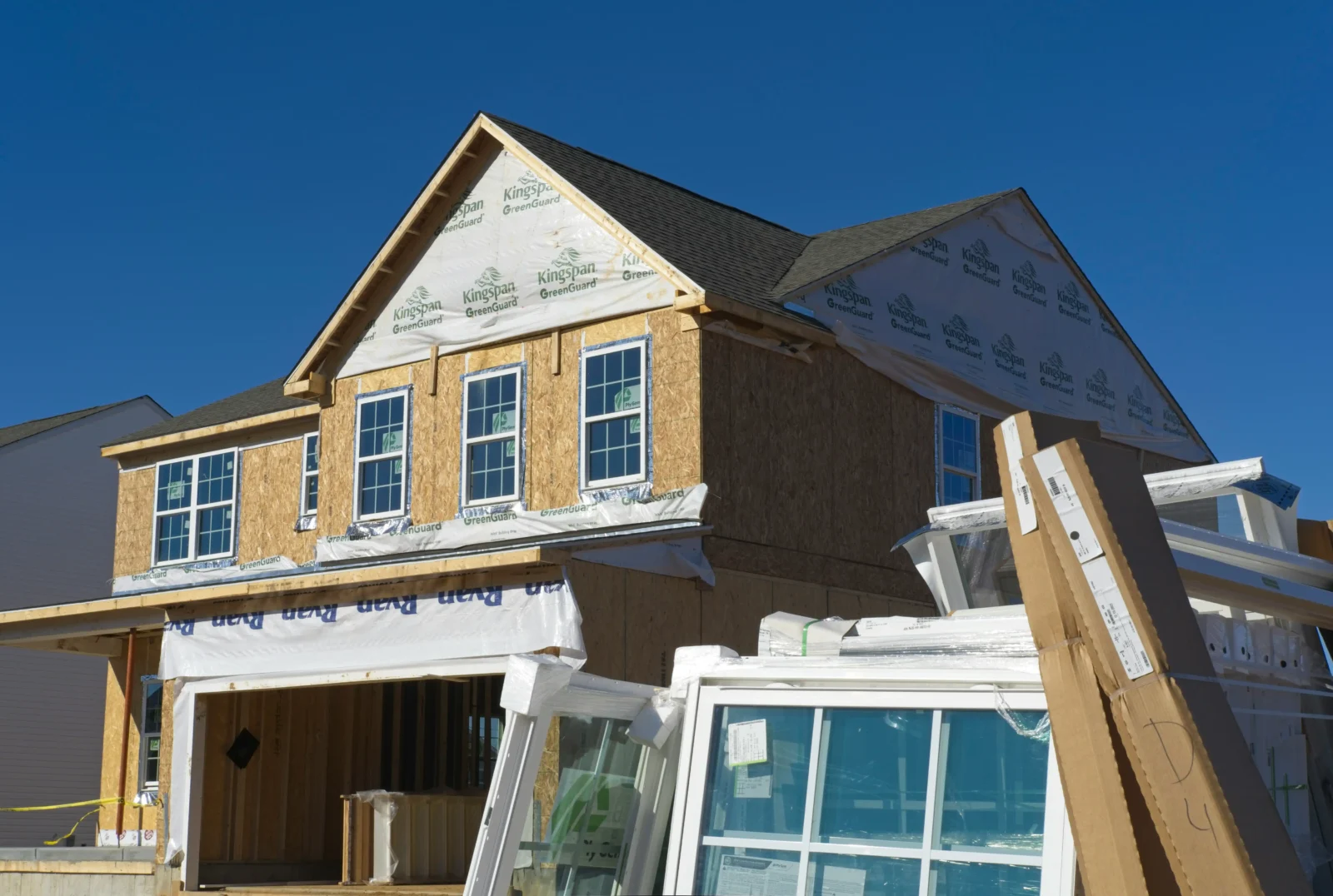- Home
- Articles
- Architectural Portfolio
- Architectral Presentation
- Inspirational Stories
- Architecture News
- Visualization
- BIM Industry
- Facade Design
- Parametric Design
- Career
- Landscape Architecture
- Construction
- Artificial Intelligence
- Sketching
- Design Softwares
- Diagrams
- Writing
- Architectural Tips
- Sustainability
- Courses
- Concept
- Technology
- History & Heritage
- Future of Architecture
- Guides & How-To
- Art & Culture
- Projects
- Interior Design
- Competitions
- Jobs
- Store
- Tools
- More
- Home
- Articles
- Architectural Portfolio
- Architectral Presentation
- Inspirational Stories
- Architecture News
- Visualization
- BIM Industry
- Facade Design
- Parametric Design
- Career
- Landscape Architecture
- Construction
- Artificial Intelligence
- Sketching
- Design Softwares
- Diagrams
- Writing
- Architectural Tips
- Sustainability
- Courses
- Concept
- Technology
- History & Heritage
- Future of Architecture
- Guides & How-To
- Art & Culture
- Projects
- Interior Design
- Competitions
- Jobs
- Store
- Tools
- More
A Guide on Working with Local, Family-Oriented Home Contractors

Finding the right home contractor can feel overwhelming when balancing quality, trust, and personal connection. Local, family-oriented contractors offer a unique blend of professional expertise and a sense of community investment. They tend to approach projects with care, reliability, and accountability, often treating each home as if it were their own.
Working with such contractors can create a smoother process, foster long-term relationships, and result in work that reflects personal attention to detail. This guide explores ways to identify, engage, and collaborate with family-oriented home contractors to ensure projects meet expectations and stay on track.
Table of Contents
ToggleBuilding Trust Through Personal Connections
Local, family-run contractors often build their reputations through word-of-mouth within their communities. Working with a family-owned Seattle siding contractor firm, for example, provides an initial layer of trust that larger firms may lack. Meeting the team personally and learning about their family background and business history can reveal how they approach their work and client relationships.

Open discussions about past projects, values, and methods help homeowners gauge reliability and professionalism. Personal connections make communication more direct, reducing misunderstandings and ensuring everyone is aligned on project goals. These relationships often extend beyond a single project, creating ongoing support for future maintenance and upgrades.
Evaluating Experience and Specializations
Family-oriented contractors often develop specialized skills over generations, passing down techniques that emphasize quality craftsmanship. Examining a contractor’s portfolio and understanding their areas of expertise ensures the team can handle specific tasks efficiently. Inquiring about previous residential projects, types of materials used, and problem-solving approaches offers insight into their competency.
Specialized knowledge may allow for creative solutions tailored to a home’s design and unique challenges. Checking for proper licenses, insurance coverage, and local certifications protects homeowners from potential liabilities while confirming the contractor meets professional standards. A contractor with strong credentials and proven results gives confidence that your investment is being handled by capable hands.
Setting Clear Expectations Early
Clarity is important in any home improvement project. Local contractors benefit from direct communication, allowing homeowners to articulate their priorities and desired outcomes clearly. Establishing timelines, budget limits, and material preferences at the start reduces the risk of misunderstandings and cost overruns.
Written agreements outlining project scope and milestones help parties maintain accountability. Family-oriented contractors often prioritize transparency, discussing potential challenges openly and collaborating on adjustments when needed. This upfront clarity creates a smoother workflow and fosters a shared sense of responsibility throughout the project.
Communication During the Project
Consistent updates and active communication are hallmarks of family-run contracting businesses. Homeowners benefit when contractors provide regular progress reports, share photos of work completed, and explain next steps. Open lines of communication make it easier to address unexpected issues quickly and prevent small concerns from becoming major problems.
Asking questions and sharing feedback throughout the process ensures the project remains aligned with initial expectations. This level of engagement strengthens trust and allows for smoother problem resolution while highlighting the contractor’s commitment to client satisfaction. Good communication keeps projects on schedule and reinforces mutual respect and collaboration.
Handling Changes and Challenges
Home projects often involve unforeseen complications, from structural issues to material delays. Family-oriented contractors typically approach these situations with flexibility and practical problem-solving. Their long-term investment in community reputation encourages them to resolve issues promptly and ethically.

Discussing potential contingencies ahead of time prepares homeowners for possible adjustments without disrupting project flow. Contractors with close-knit teams often leverage shared experience to find efficient solutions, maintaining quality and schedule. Knowing how a contractor handles challenges can offer peace of mind and demonstrate their dedication to completing work responsibly.
Fostering Long-term Relationships
Working with local, family-run contractors provides lasting partnerships. Positive experiences often lead homeowners to return for future renovations, repairs, or recommendations within their social networks. Contractors invested in their community tend to value these ongoing relationships and may offer loyalty benefits or tailored services.
Building rapport with a reliable team ensures support for home maintenance and reinforces mutual trust. Long-term collaboration allows homeowners to access personalized advice and craftsmanship that aligns with changing needs and preferences. The connection built through repeat projects can make every future renovation smoother and more rewarding.
Choosing a family-oriented, local contractor combines skilled craftsmanship with community values, personal attention, and trustworthy communication. Evaluating experience, setting clear expectations, maintaining active communication, and fostering a lasting relationship are key to a successful project.
These contractors bring more than technical ability. They offer accountability, flexibility, and a genuine investment in the satisfaction of each homeowner. Homeowners who engage thoughtfully with these teams can expect projects completed with care, reliability, and a level of dedication that reflects the pride of a family-run business.
illustrarch is your daily dose of architecture. Leading community designed for all lovers of illustration and #drawing.
Submit your architectural projects
Follow these steps for submission your project. Submission FormLatest Posts
Process Server: Role, Requirements, and How to Hire the Right One
Introduction A process server is a neutral professional who delivers legal documents...
Top Modern and Stylish Bathroom Architectures In 2026
Bathroom design, much like other aspects of interior design, is always changing...
Exterior Enhancements That Turn Every Entrance Into A Showcase
The front of a home sets expectations before anyone touches the handle....
Are Organic Bamboo Sheets Worth the Investment?
When it comes to getting a good night’s sleep, the quality of...











Leave a comment